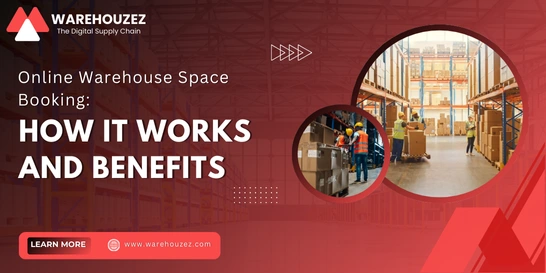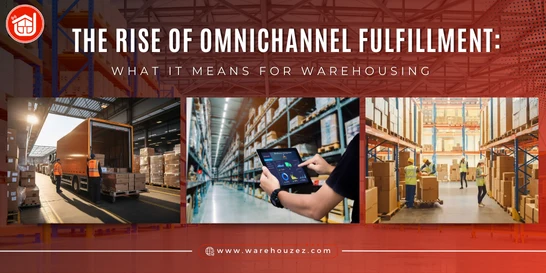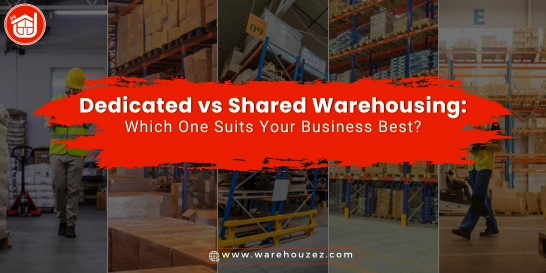The Latest Trends in Logistics in 2024 and Beyond
Let's take a look at the latest developments in logistics that will shape the future of the industry for the better.
Automated Warehouses
One of the most significant trends in supply chain management and logistics is an automated warehouse. Automated warehouses use robots and software systems to perform warehousing processes like storage, picking, and packing. Examples include automated storage and retrieval systems (AS/RS) and conveyor belts. Additionally, today's smart warehouses also utilize inventory and warehouse management systems for real-time visibility. These technologies increase accuracy and efficiency by reducing manual errors and speeding up operations.
Autonomous Vehicles
Autonomous vehicles, like delivery drones and self-driving trucks, are transforming the logistics industry. These vehicles reduce the need for human drivers, lower labour costs, and increase delivery speed. They can operate around the clock, improving overall productivity, reliability, and customer satisfaction.
Last-Mile Delivery Solutions
Last-mile delivery solutions focus on the final step of the delivery process, that is, from the distribution center to the end-customer. Innovations like drones, electric bikes, and local delivery hubs ensure faster, more efficient deliveries. This enhances customer satisfaction by reducing delivery times.
Outsourcing to 3PL Service Providers
The practice of outsourcing supply chain tasks to 3PL service providers is becoming quite popular. This allows businesses focus on their core operations while entrusting the logistics to experts. 3PLs offer expertise, technology, and scalable solutions. This leads to cost savings and increased flexibility. They manage transportation, warehousing, and order fulfillment efficiently.
Sustainability in Logistics
Sustainability in logistics aims to reduce environmental impacts through eco-friendly initiatives. This includes using electric vehicles, optimizing routes, and minimizing packaging waste. Sustainable logistics promotes a greener future by reducing carbon footprints and complying with regulations.
Blockchain
Blockchain technology enhances transparency and security throughout the supply chain. It creates a decentralized ledger that records transactions immutably. This reduces fraud, improves traceability, and ensures data integrity, promising trust among supply chain partners.
Cloud Computing
Cloud computing enables real-time data access and collaboration across the supply chain. It supports scalable logistics operations by providing tools for inventory management, order processing, and more. Cloud solutions enhance decision-making and efficiency.
Artificial Intelligence and Machine Learning
AI and ML technologies optimize logistics operations through predictive analytics and automation. They forecast demand, optimize routes, and improve inventory management. These technologies help businesses make data-driven decisions, improving accuracy and efficiency.
Big Data Analytics
Big data analytics involves analyzing vast amounts of data to gain insights into the supply chain. It helps predict demand, optimize routes, and improve customer service. By leveraging big data, businesses can make informed decisions that enhance efficiency and performance.
Robotics
Robotics in logistics includes the use of robots for tasks like picking, packing, and sorting. These robots increase productivity by working faster and more accurately than humans. Robotics reduces labor costs and minimizes errors in repetitive tasks.
Bottom Line
As we look ahead, the future of logistics promises innovations to meet evolving consumer expectations and industry challenges. Embracing trends such as automation, AI, blockchain, and sustainability will be crucial for businesses. This will help them enhance efficiency, improve customer satisfaction, and reduce operational costs. As technology continues to advance, logistics will become more efficient and interconnected. It will continue to place a focus on sustainability and resilience in global supply chains. Staying informed and implementing these trends will be key to thriving in the dynamic landscape of the supply chain in the coming years.



